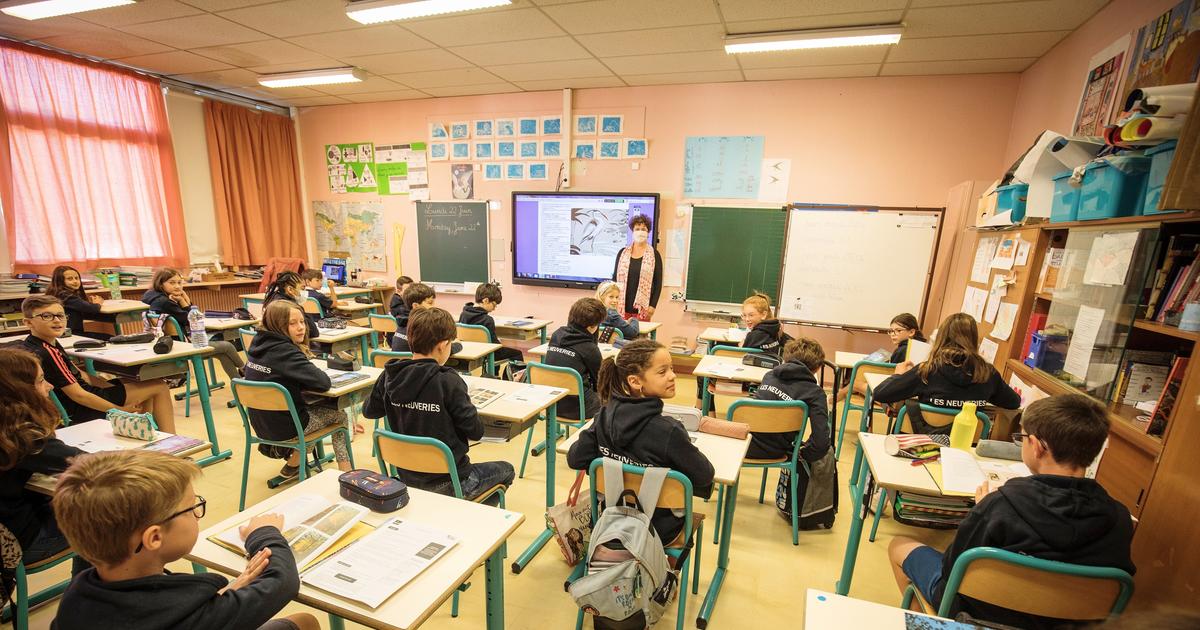By crossing data on fertility rates and standard of living, INSEE draws a fascinating picture of French families which confirms the widespread idea that large families are most numerous among the most modest and well-to-do.
To discover
Taxes 2022: all about your tax return
In France, fertility declined continuously between 2014 and 2019, falling from 1.97 children per woman in 2014 to 1.83 five years later.
Even if all the circles are affected by this fall, strong disparities remain.
Thus, based on the fertility rates observed between the years 2012 and 2017, the statisticians show that "
the 10% of women with the lowest incomes, who have an average standard of living of 623 euros per month, would have on average 2, 3 children during their lifetime
”.
On the other side of the financial spectrum, the wealthiest 10%, whose income is around 4,290 euros per month, would have on average two children.
Distribution of large families
The middle classes are then distinguished a contrario by a fertility rate lower than the average.
“
Fertility drops sharply from the first tenth of the standard of living to the 4th and 5th tenths (about 1,450 euros per month on average), with a low point of 1.6.
It then rises sharply to the 8th tenth, then more moderately
,” describe the INSEE specialists.
This shift in the fertility rate according to standard of living is reflected in the distribution of large families.
"
Having a large number of children is more common at the bottom of the scale of living standards: 19% of women among the poorest 10% would have 4 or more children during their lifetime, compared to 4% among the poorest 10% comfortable.
They would also often have 3 children whether they are at the top or the bottom of the standard of living scale (21%)
.
INSEE having completed its quantitative work with precision, it remains for sociologists to shed light on these correlations between income and number of children.
Financial constraints, career paths, places of residence, family cultures... We feel that many criteria must be taken into account.

